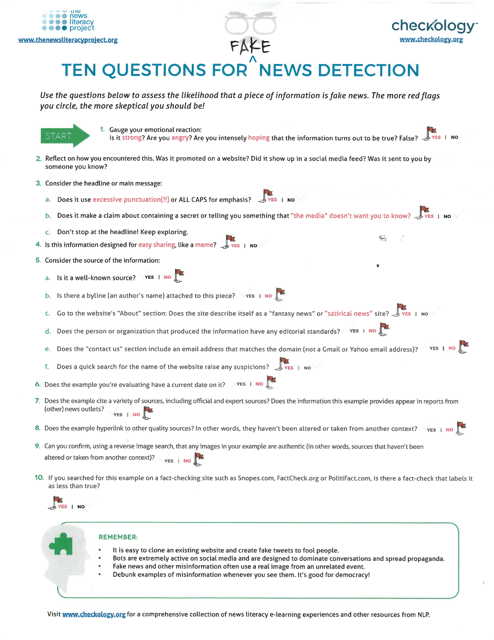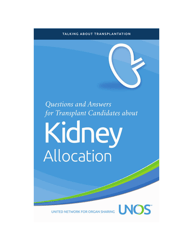Ten Questions for Fake News Detection
The Ten Questions for Fake News Detection is a tool designed to help individuals identify and evaluate the credibility of news articles and sources. It provides a set of questions that can be used to critically assess the validity and reliability of information to determine if it is likely to be fake news or misinformation.
FAQ
Q: What is fake news?
A: Fake news refers to false information presented as news, often created with the intention to deceive or mislead.
Q: How can I spot fake news?
A: Look for reliable sources, check for author credibility, verify information with other sources, and be cautious of misleading or sensational headlines.
Q: Why is it important to be able to detect fake news?
A: Detecting fake news is important to prevent spreading misinformation and making informed decisions based on accurate information.
Q: What are some common signs of fake news?
A: Some common signs include sensational or overly biased language, lack of credible sources, and the absence of author attribution.
Q: Are social media platforms reliable sources of news?
A: Not always. Social media platforms can be used to spread fake news, so it's crucial to verify information from reliable sources.
Q: Can biased news be considered as fake news?
A: Biased news is not necessarily fake news, but it's important to be aware of bias and seek out multiple sources to get a balanced perspective.
Q: How can I stay informed while avoiding fake news?
A: By diversifying your news sources, fact-checking information, and staying skeptical of sensational or unverified claims.



